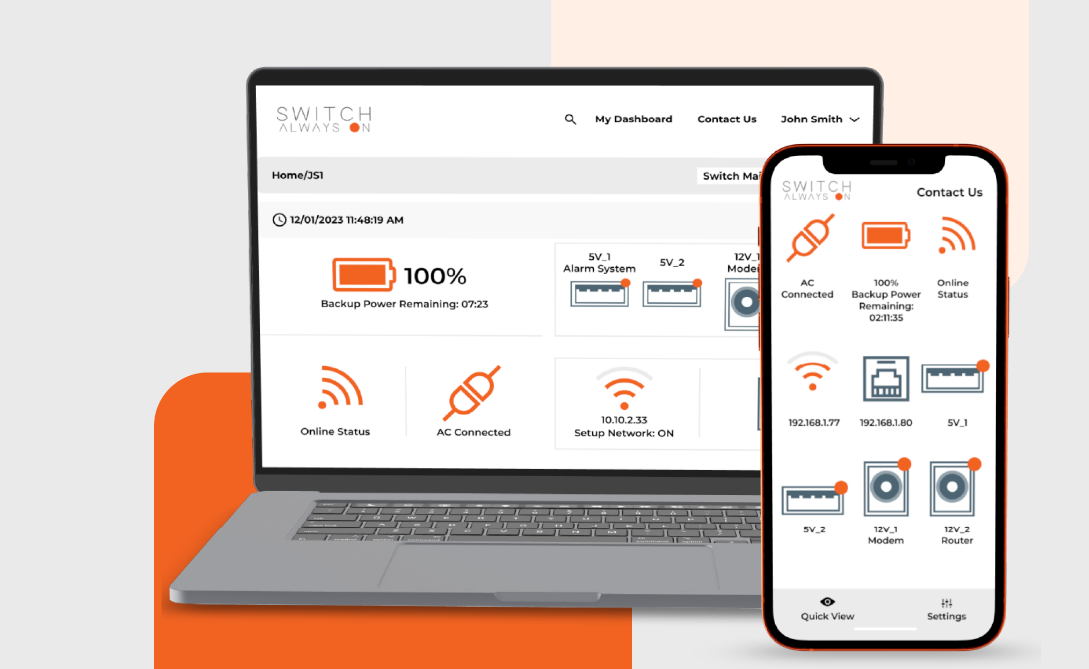The recent Crowdstrike outage has highlighted significant vulnerabilities within our cloud security and IoT infrastructure. Airports globally, including major US carriers like United and Delta, experienced over 21,000 flight disruptions. The financial sector wasn't spared, with the London Stock Exchange's RNS website and banks like JPMorgan and Bank of America relying on backup systems. Even giants such as FedEx, Facebook, and American Express faced operational challenges. While not a direct result of a cyber attack, the widespread impact underscores the urgent need for robust security measures worldwide.

Image source: Smishra1, CC BY-SA 4.0 <https://creativecommons.org/licenses/by-sa/4.0>, via Wikimedia Commons
Fingers have been pointed, and the memes have circulated, but this could happen to any company. It's essential to focus on the lessons we can learn from this incident, particularly from an end user or IT professional's perspective. Deploying redundant systems and failover mechanisms is crucial for continuous operation. By backing up servers, networks, storage, and power, we can ensure seamless transitions if a component fails. Automated failover systems and regular testing minimise downtime, while geographically dispersed data centers mitigate regional disaster risks and ensure data redundancy and compliance.
Mitigating Risks with Scheduled Updates: When managing patches, gradual implementations are key to mitigating potential issues and allowing for easier rollbacks if problems arise. Despite the quick fix developed by Microsoft and CrowdStrike using a safe boot feature, it’s advisable to avoid scheduling patch updates on Thursdays or Fridays, heading into the weekend.
Minimising Reboot Risks with Advanced Hardware in ATMs and Digital Signage:
Integrating reboot hardware offers substantial benefits, including cost reductions through energy-efficient power scheduling and reduced service visits thanks to remote and auto reboot capabilities. Centralised management features enhance security and simplify operational demands, supporting scalability and continuous, reliable service.
Individual Outlet Control for Unattended Systems: For managers of kiosks, vending machines, ATMs, or digital signage, it's critical to assess the necessity of features like independent outlet control. This allows for targeted reboots and minimal disruptions, enhancing operational efficiency and reducing downtime.
Keeping a Heartbeat with Devices in the Field: The LTE Cat 1 backup cell connectivity in devices like Switch Always On ensures they remain operational even when local networks fail. This feature provides real-time alerts and notifications about system conditions, allowing for rapid responses to maintain service quality. Such connectivity ensures you're always informed and one step ahead of potential disruptions, ensuring seamless operations under all circumstances.
Enhancing System Reliability with iWatchdog Timers in Critical Infrastructure

The iWatchdog timer, also known as a Watchdog Timer (WDT) or a Computer Operating Properly (COP) timer, is pivotal in enhancing the reliability and operational integrity of PCs controlling critical systems such as telecommunications equipment, medical devices, digital signage, and much more. In industrial settings, it monitors control systems operating machinery and production lines, ensuring operations continue without stalls and malfunctions are addressed immediately through resets. This fail-safe mechanism requires regular resets during normal operation to prevent timing out. If a malfunction occurs due to hardware or software errors, the timer expires, generating a timeout signal to initiate corrective actions. These actions typically involve putting the system into a safe state, performing controlled shutdowns, and executing automatic reboots to clear error states and restore functionality. By automatically detecting and addressing faults, the iWatchdog timer significantly enhances system uptime, maintains security and operational continuity, and reduces the risk of costly disruptions, proving essential in managing high-stakes, continuously-operating electronic systems.
This robust approach to bolstering cloud security and IoT infrastructure is indispensable for any enterprise dependent on digital and automated services. It ensures resilience against unexpected disruptions and maintains high service standards within an interconnected and increasingly vulnerable technological ecosystem. As demonstrated by recent high-profile outages, the risks are not only real but potentially devastating, affecting everything from customer satisfaction to regulatory compliance and operational continuity.
In conclusion, these incidents should not be brushed off as irrelevant. For businesses relying on digital and automated services, adopting advanced, proactive security and management strategies is not just beneficial; it's essential for survival in an increasingly interconnected and vulnerable technological landscape.
Have questions? Talk with our team and let us help you find the best solutions for your business.





